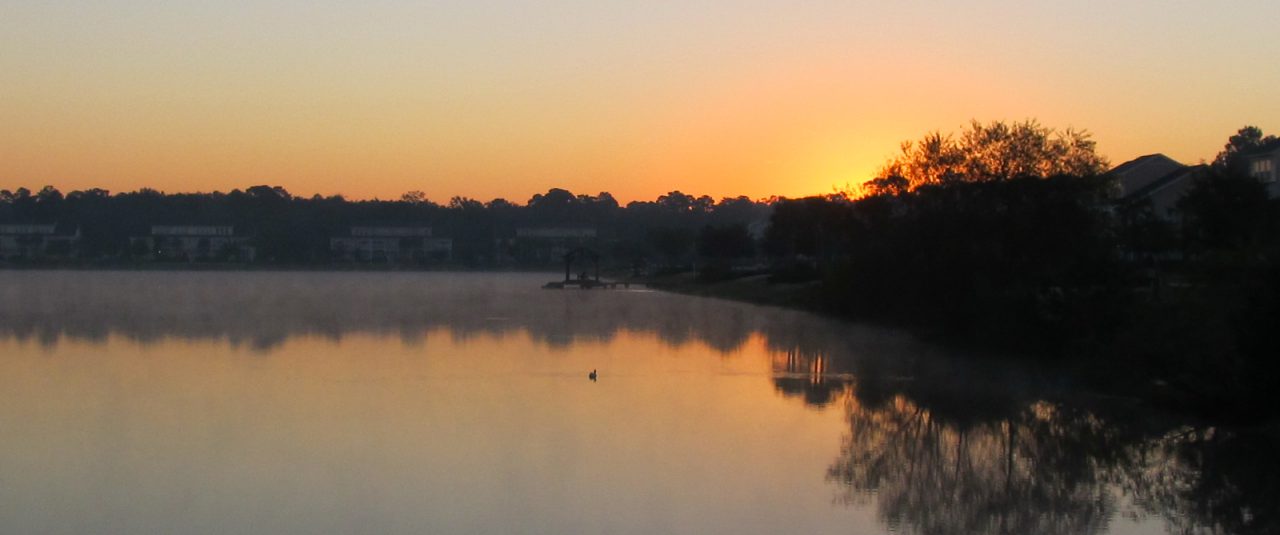In Manila, ten minutes after the first bomb hit Pearl Harbor, a startled radio operator at Asiatic Fleet headquarters intercepted an unencrypted Morse Code from Adm. Husband Kimmel, the Honolulu-based Pacific Fleet Commander: “AIR RAID ON PEARL HARBOR. THIS IS NO DRILL”. He alerted his duty officer, Marine Lt. Col. William T. Clement, who in turn contacted Admiral Hart who failed to relay the message to anybody. An enlisted army signalman happened to tune in to a California radio station and heard it and immediately told his duty officer who in turn phoned Brigadier Spencer B. Akin, MacArthur Signal Corps chief who went directly to Major Richard Sutherland, MacArthur’s chief of staff who then called MacArthur penthouse atop the Manila Hotel.
MacArthur could not believe it and supposedly exclaimed, “Pearl Harbor! It should be our strongest point.” At 3:40 am, he got a call from Washington, DC confirming the news. Even after the attack was confirmed by Washington, DC., MacArthur for some reason failed to act for five long hours. Maybe it was too much information coming all at the same time but nobody could figure out why the inaction on his part. Maj. Gen. Lewis Brereton, MacArthur’s commander of the air force, wanted to launch an immediate attack on the Japanese airfields on Formosa but did not get an answer until 10:10 A.M. but only to launch a photo reconnaissance of Formosa, in preparation for an air strike which was the first step before an attack by the B-17s the next day. As a result, his aircrew decided to go to chow instead while his planes, eighteen B-17s, assosrted fighters, mostly P-39 Air Cobras and P-40 Tomahawks were parked outside exposed to enemy fire.
Just a few hours later, on the same day Pearl Harbor was attacked, December 8 west of the international dateline, powerful Japanese bombers, stationed in Formosa did a “Second Pearl Harbor” in the Philippines, five thousand miles west of Hawaii. The first Japanese bombs to fall on Philippine soil hit Camp John Hay in Baguio. The Japanese bombers stationed in Taiwan just north of the Philippines bombed Iba airfields destroying all sixteen P-40’s on the ground or about to touch down. They also did great damage to Clark Air Base. Coming in several V-shaped formations, the Japanese pilots was surprised to find the sky clear and rows and rows of planes on the ground. They dropped bomb after bomb on the parked planes.
When the last Japanese planes left Clark and turned toward Formosa, they had destroyed eighteen of the 35 B-17s, along with fifty-three P-40s and thirty other crafts. The Boeng B17 Flying Fortress was a four-engine heavy bomber aircraft developed in the 1930s for the U.S. Army Air Corps. The P-40 was a fighter/bomber produced by Curtiss Aircraft in the 1930s and 1940s. Half of MacArthur’s air force was gone within the first hour of the war and several men dead. The base was totally destroyed. Tank after tank blew up and flames could be seen as far away as Manila. The Japanese had bombed and strafed the key U.S. air bases on Luzon: Iba, Clark, Nichols, Nielson, Vigan, Rosales, La Union and San Fernando fields.
Not only did the Japanese forces attack Pearl Harbor and the Philippines, they also mounted simultaneous attacks on several American and British targets in the Pacific. The British sent HMS Repulse, a 32,000-ton battle cruiser and HMS Prince of Wales, a 35,000-ton battleship, their two most powerful ships in Asia to defend their territory. The Japanese forces sank them both on Dec. 11 together with the new Commander-in-Chief of the British Far Eastern Fleet, Adm. Sir Thomas Phillips. Landings also started in British Malaya accompanied by air strikes. Another group of Japanese bombers destroyed the British air power in Hongkong. They also attacked two U.S. outposts in the Pacific which most American had never heard of before: Guam and Wake Island. The next day, they landed in Bangkok.
Copyright ©2013 By Rosalinda R Morgan, author of Bahala Na (Come What May): A WWII Story of Love, Faith, Courage, Determination and Survival. Available in paperback and Kindle at www.amazon.com/author/rosalindarmorgan. For more info about Rosalinda R Morgan, visit her website at www.rosalindasgarden.com.
